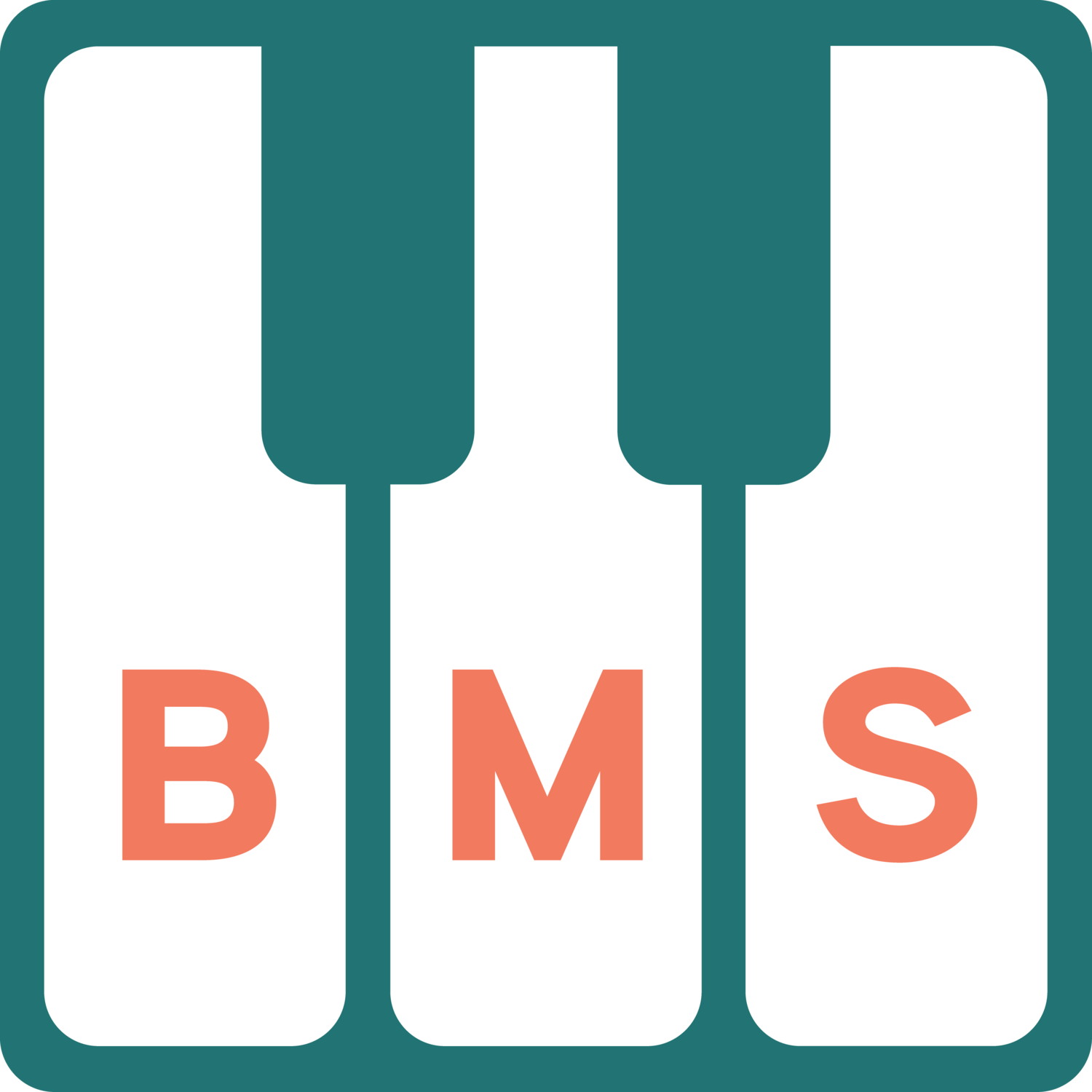Sharing Your Digital Piano Sound Through Zoom
If you have an electronic / digital piano, did you know that you can share the sound of the instrument directly through Zoom? I have found this setting very useful as a teacher, when I need a student to hear something with absolute pitch clarity, without the volume being lowered or having the sound muffled. It takes a bit of time to set it up, but I have put together a quick guide that should help you get started. If you are using Zoom through your computer, remember that unlike your mobile device (which in most cases automatically downloads updates), your computer might not download updates automatically. Zoom now has a “high fidelity music mode,” but you have to make sure your version is up to date to use it! Check regularly in the settings section under the downloaded program using the “check for updates” button.
Determine available components. What will you need?
A digital keyboard (piano) with USB 2.0 A/B compatibility (a port on your keyboard for a printer cable to go into)
A USB 2.0 A/B cable, cables most commonly used for printers
A computer with the most recent version of Zoom downloaded
Computer software
Apple/Mac computers can download or use “Garageband” for free from the App Store https://www.apple.com/ca/mac/garageband/
PC computers can download “Cakewalk” By BandLab for free here (requires creating a free account) https://www.bandlab.com/products/cakewalk
Once you have these components, now we can connect your keyboard.
Step 1
Have your computer on, and your piano turned OFF. Connect the USB 2.0 A/B cable into the computer and piano (USB side going into the computer, the B side which looks different than the USB, goes into your piano). Once connected, turn the piano. Your computer should recognize and update the appropriate driver software automatically.
Step 2
Once the piano is connected successfully to the computer, and the driver software has automatically updated, open GarageBand if on a Mac, or BandLab if on a PC. How your piano connects to your computer depends entirely on the piano you have. Most digital pianos should automatically connect, some you may have to change some settings on the piano for this to happen.
BandLab
Open BandLab and click “Mix Editor.” Under the New track menu that will pop up, choose “Instruments.” Now the digital piano should be connected to your computer. Playing a key should generate a sound from the BandLab program. In the top menu on the left side, click settings. In the drop-down menu select “Link Zoom.” Proceed to step 3.
GarageBand
Open GarageBand and click “New/Empty project.” Under the track type pop-up menu select “software instrument.” In the top left corner menu, click “Garageband.” In the drop-down menu click “Preferences.” Along the top of this menu, click “Audio/MIDI.” Under the INPUT device and OUTPUT device, change both to “ZoomAudioDevice.”
Step 3
ENSURE you have the most up-to-date version of Zoom on your computer. During the zoom meeting, select “Share Screen.” In the next menu, select “advanced.” Then select “Music or Computer Sound Only.” Now when you play your piano key, the sound should be sharing through GarageBand or BandLab program directly. IMPORTANT NOTE - due to the latency, when you play and hear the sound, the opposite end will hear it a little after, not in time with your sound. There unfortunately isn’t any solution to this at the moment. Keep your piano volume off, to avoid your computer microphone also picking up sound from there.

DISCLAIMER
I am not a medical doctor. These posts are all anecdotal, based on experiences through my own learning, understanding and teaching. My musical knowledge is based primarily in the Western classical tradition, which by no means defines the only perspective to learn and understand music.

